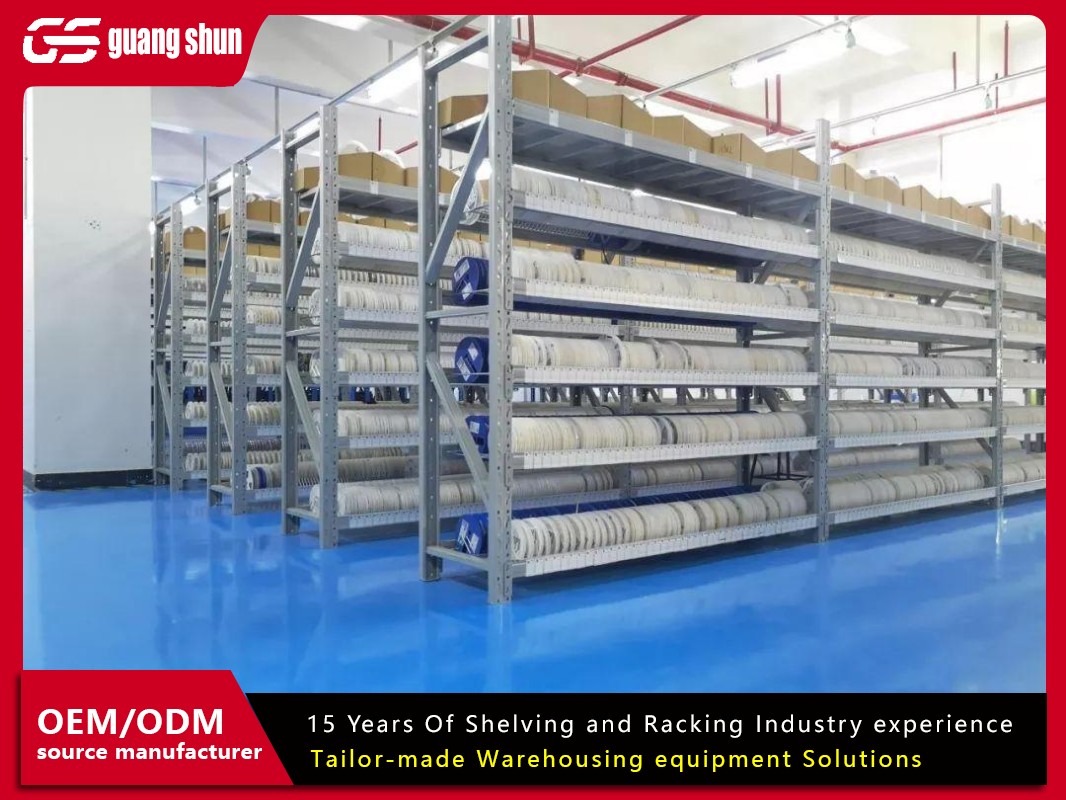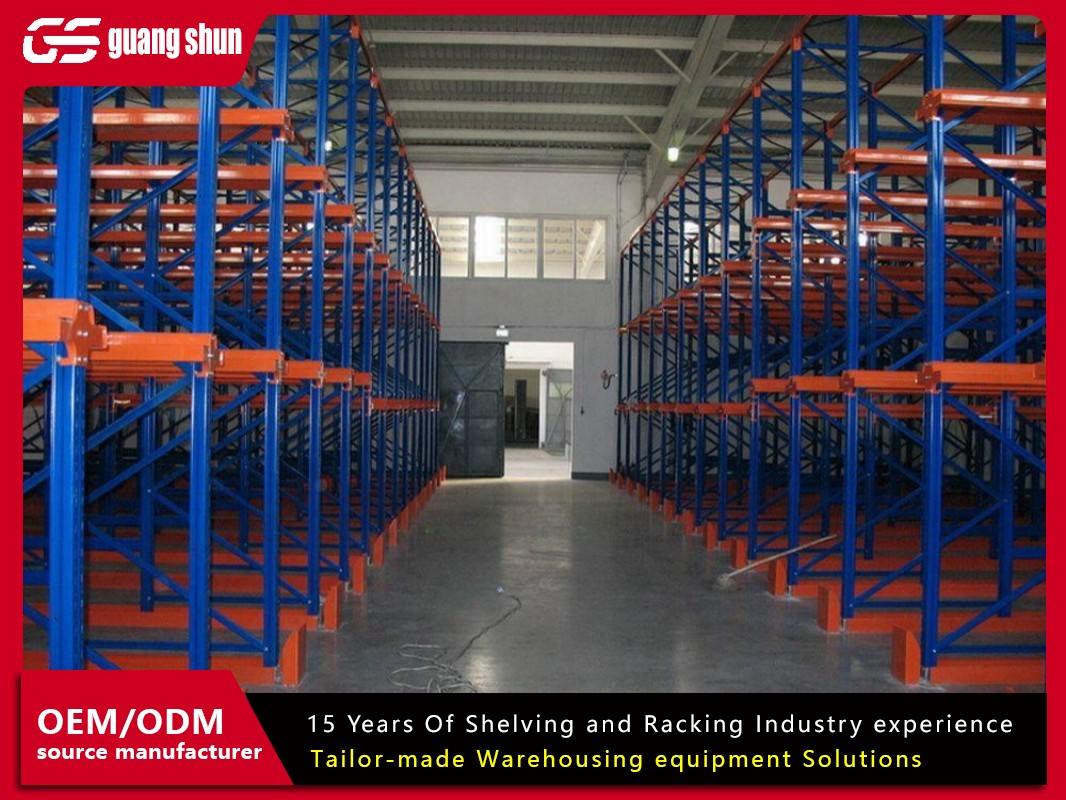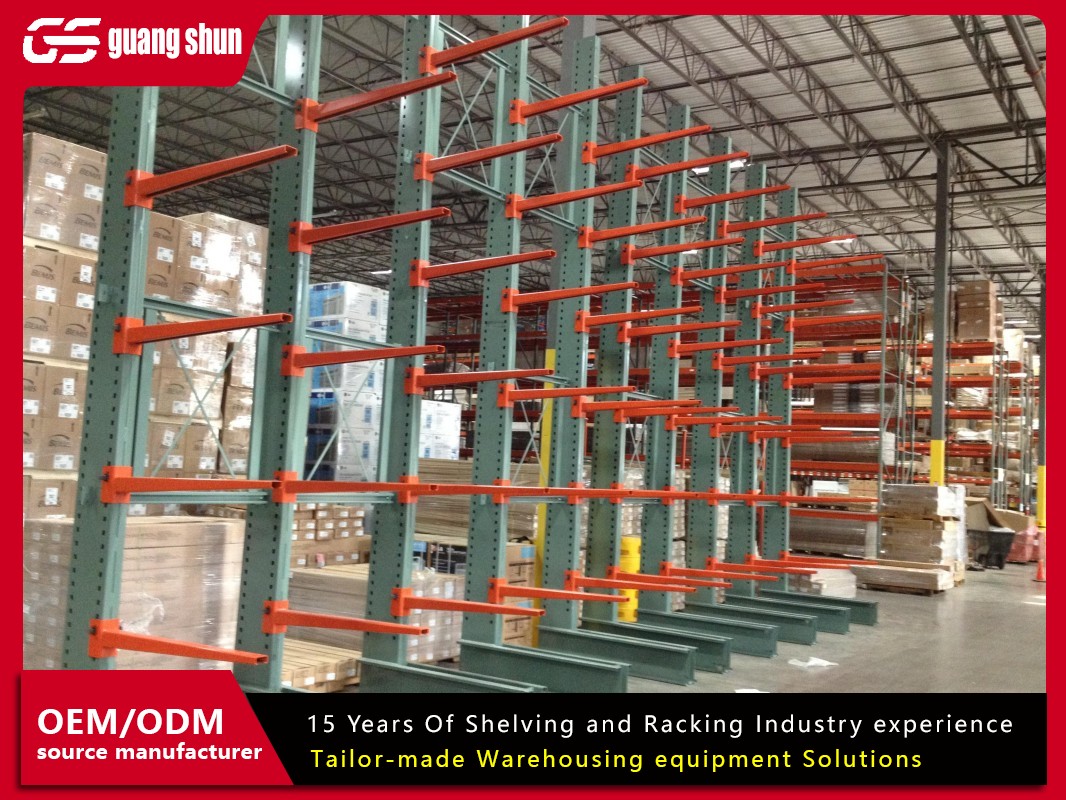In the fast-paced world of logistics and supply chain management, efficiency is the ultimate currency. Warehouses are constantly under pressure to store more, move faster, and reduce operational costs. For operations dealing with high volumes of similar products with a first-in, first-out (FIFO) inventory method, a static shelving or selective racking approach can create bottlenecks. This is where the pallet flow racking system emerges as a game-changing solution. This dynamic storage system is engineered to revolutionize how goods are stored and retrieved, offering unparalleled density and throughput. This article delves into the mechanics, benefits, and key considerations of implementing a pallet flow racking system in your facility.
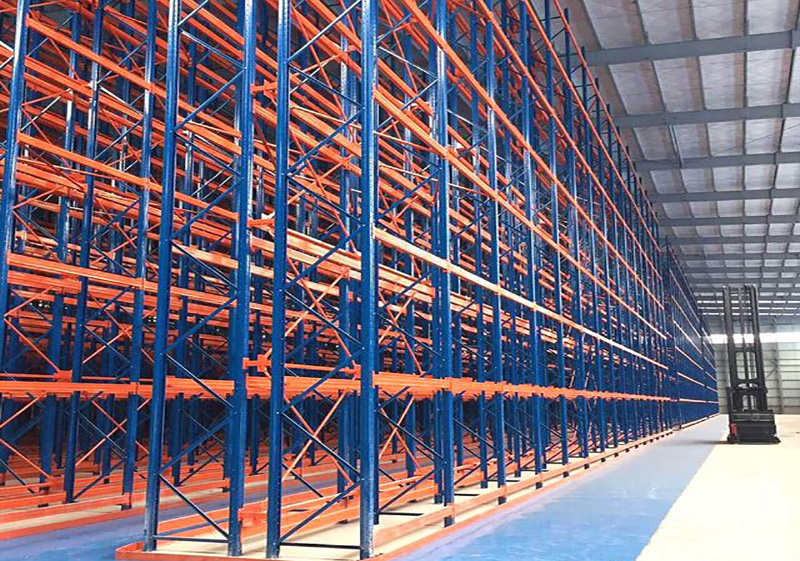
At its core, a pallet flow racking system is a high-density live storage solution. Unlike traditional racking where forklifts drive down aisles to access each pallet location, flow racks are designed with a slight decline. Pallets are loaded from the higher, "loading" end and move smoothly down the decline to the lower, "picking" end. This movement is facilitated by a series of wheel tracks or roller tracks installed within the racking lanes.
The process is beautifully simple:
Loading: A forklift places a new pallet onto the loading end of an inclined lane.
Flow: The pallet gently glides down the lane on the wheels or rollers, pushed forward by the weight of the pallets behind it.
Picking: At the picking face, the first pallet that was loaded (the oldest) is readily available for retrieval by a forklift. A speed controller and a braking system ensure a smooth and safe descent, preventing pallets from crashing into each other.
This automated gravity-fed system ensures a perfect FIFO inventory rotation, making it ideal for perishable goods, items with expiration dates, or products with a high stock turnover rate.
The Core Advantages of Implementing a Pallet Flow System
Adopting a pallet flow racking system brings a host of significant benefits that directly impact the bottom line.
Exceptional Space Utilization: By eliminating multiple access aisles, a pallet flow racking system can dramatically increase storage density. Warehouses can often double or even triple their storage capacity within the same footprint by configuring lanes that are several pallets deep.
Increased Operational Efficiency and Throughput: The FIFO principle is built into the system's design. Order pickers no longer need to spend time searching for specific lots or driving deep into racks. They have constant, immediate access to the next pallet for picking at the face of the rack, significantly reducing travel time and labor costs.
Enhanced Safety: With forklift traffic concentrated only at the loading and picking ends, the interior of the storage block is free of vehicle movement. This reduces the risk of accidents, rack damage, and product damage caused by forklifts operating in narrow aisles.
Optimal Inventory Rotation: For businesses where inventory age is critical, such as in the food, beverage, or pharmaceutical industries, the pallet flow racking system guarantees that the oldest stock is used first. This minimizes waste and ensures product quality.
Key Components That Make Up the System
A robust pallet flow racking system is more than just slanted shelves. It consists of several integrated components:
Structural Frame: This is the upright frames and braces that provide the primary support for the entire structure, similar to traditional racking but designed to handle the specific loads and forces of a dynamic system.
Flow Tracks (Rollers or Wheels): These are the heart of the system. Roller tracks are typically used for heavier loads or uniform pallets, while wheel tracks are versatile and can handle a wider variety of pallet conditions. The choice depends on the application.
Braking Systems and Speed Controllers: To prevent pallets from gaining excessive speed and impacting the end stop with dangerous force, brakes and controllers are strategically placed within the lane. These are essential for safety and product integrity.
Load Separators and Lane Dividers: These devices ensure that pallets in the same lane do not contact each other, preventing damage. They also help manage the flow when different SKUs are stored in a single lane.
Entry and Exit Stops: These are safety mechanisms at both ends of the lane. The entry stop secures the first pallet during loading, while the exit stop holds the pallet at the picking face for safe retrieval.
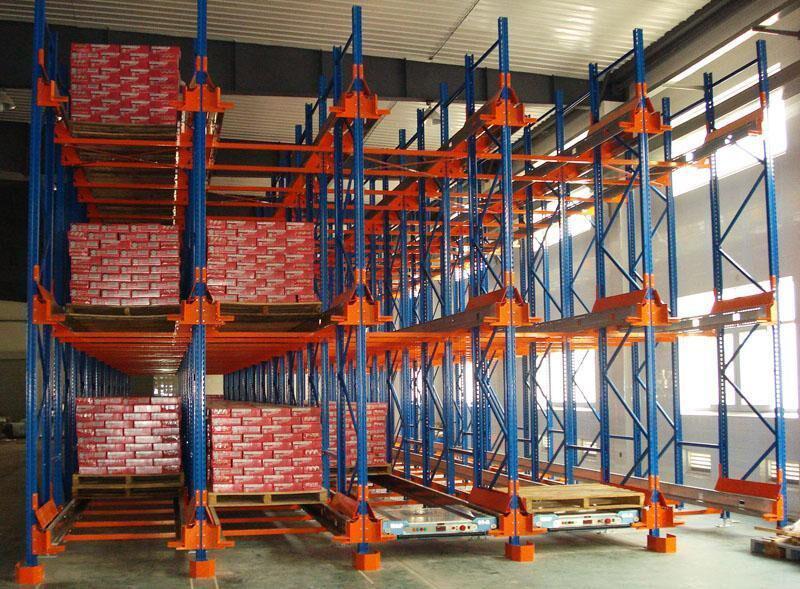
Is a Pallet Flow Racking System Right for Your Operation?
While powerful, this system is not a one-size-fits-all solution. It is ideally suited for operations with the following characteristics:
High-Volume, Fewer SKUs: The system excels when you have a large quantity of a limited number of products. Storing hundreds of different SKUs in a pallet flow racking system can be complex and inefficient.
Strict FIFO Requirement: As discussed, FIFO is a fundamental requirement.
Uniform Pallet Size and Quality: For smooth and consistent flow, pallets must be in good condition, of a standard size, and consistently well-built. Irregular or damaged pallets can jam the system.
High Throughput: The investment is most justified when there is constant movement of goods in and out of storage.
Common Questions and Challenges with Pallet Flow Racking
Before implementation, it's crucial to understand the potential challenges and frequently asked questions.
Question 1: What happens if a pallet gets stuck or jams?
Pallet jams are a primary concern. They are often caused by broken pallet boards, misaligned pallets, or product overhang. Modern systems are designed with access points for easy jam clearing, but it requires trained personnel and can cause temporary disruptions.
Question 2: How is the system designed for different pallet weights?
The system must be meticulously engineered based on the maximum pallet weight. The type of tracks (rollers vs. wheels), the grade of the incline, and the structural integrity of the frame all depend on the load capacity. Exceeding weight limits is a serious safety hazard.
Question 3: What is the maintenance requirement for a pallet flow system?
While generally low-maintenance, the tracks, rollers, and brakes require periodic inspection to ensure they are clean and free of debris. Bearings in rollers may need lubrication over time. A preventative maintenance schedule is recommended.
Question 4: Can we achieve a Last-In, First-Out (LIFO) method with this system?
No, a standard pallet flow racking system is inherently designed for FIFO. For LIFO applications, other systems like push-back racking would be a more suitable choice.
Question 5: What is the typical lead time and cost compared to selective racking?
A pallet flow racking system has a higher initial investment than selective racking due to its complex components. Lead times for manufacturing and installation are also typically longer. However, the return on investment is realized through massive gains in space savings and operational efficiency.
A pallet flow racking system represents a strategic leap forward from conventional storage methods. It is a sophisticated solution that directly addresses the critical challenges of space constraints and picking efficiency. By leveraging the simple power of gravity, it automates inventory flow, enhances safety, and ensures perfect stock rotation. While its implementation requires careful planning, a thorough assessment of your inventory profile, and a higher initial investment, the long-term benefits for the right operation are undeniable. For businesses looking to optimize their warehouse for density, speed, and accuracy, exploring a pallet flow racking system is a logical and rewarding step.



